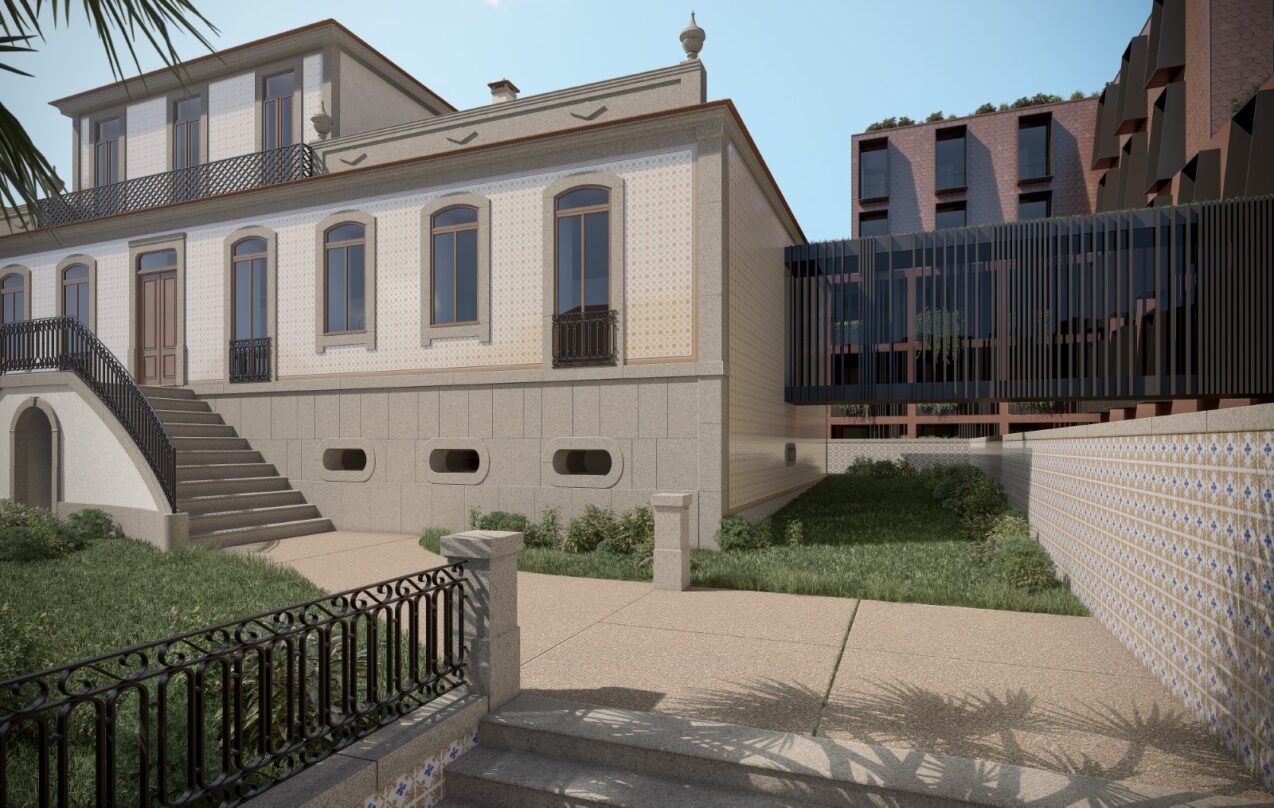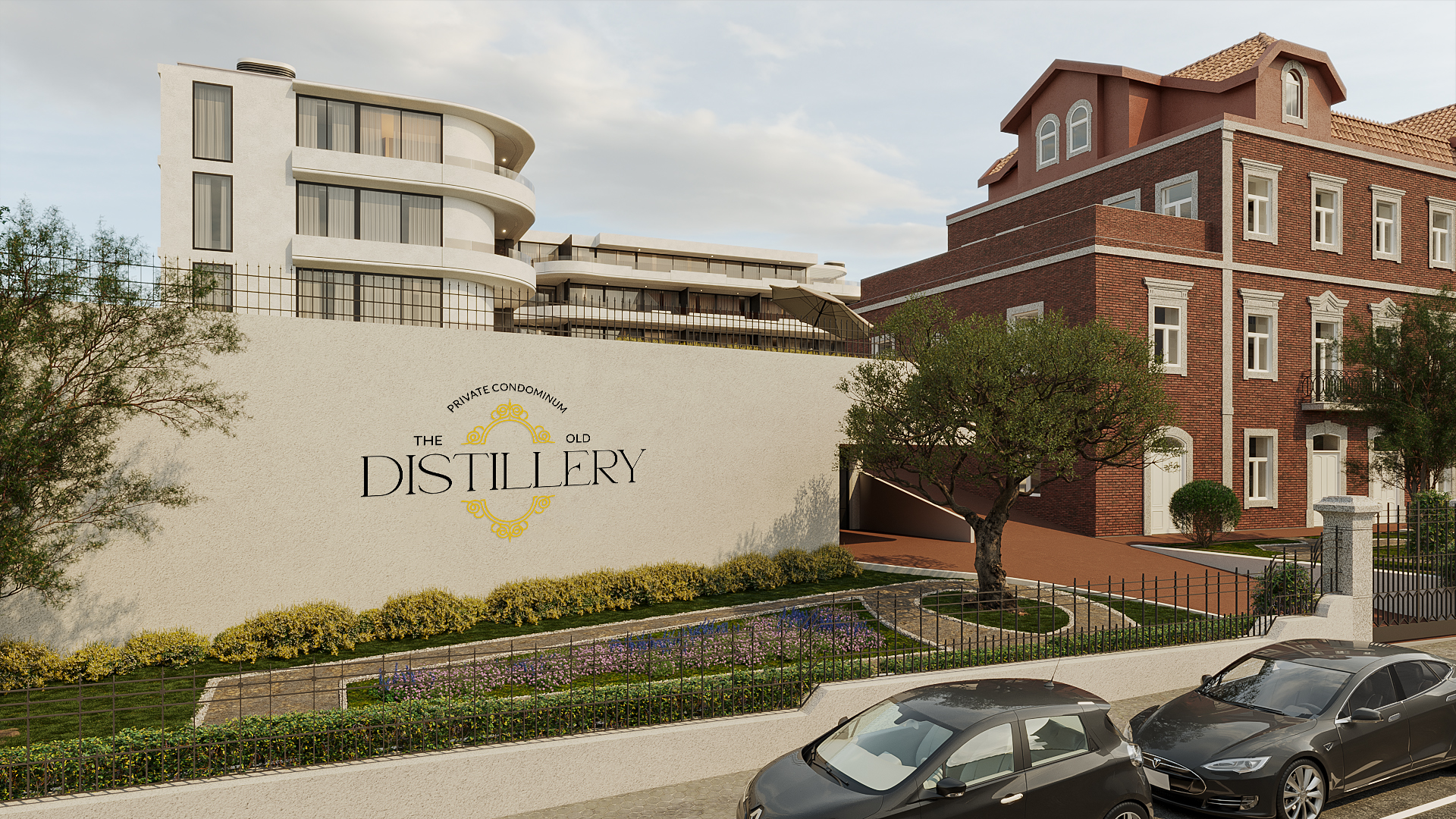
Transforming historical heritage into new developments
June 26, 2025
Transforming historical heritage into new developments
The rehabilitation of historical heritage has been assuming an increasingly relevant role in the dynamics of urban and real estate development in Portugal. This transformation goes beyond a mere exercise in aesthetic recovery, it represents a commitment to preserving collective memory, promoting sustainable development, and modernizing cities.
Combining tradition and innovation in the reuse of historical buildings requires an integrated approach, where technical rigor, architectural sensitivity, and strategic vision go hand in hand.
The strategic importance of historical heritage in the real estate context
Historical heritage represents, in many Portuguese cities, one of their greatest competitive advantages on the international stage. Cities like Lisbon, Porto, Braga, Coimbra, Évora, and Guimarães possess historic centers rich in architectural character which, when preserved and properly integrated into new uses, elevate the value of urban spaces.
In a globalized and highly competitive real estate market, properties with history, identity, and uniqueness stand out not only for their intrinsic value but also for their potential to attract investors. Whether in luxury residential projects, hotels, or office buildings, the conversion of historical properties offers real estate ventures with unique characteristics.
Recent studies show that heritage appreciation adds market value to rehabilitated properties in historic areas, compared to new constructions in peripheral zones. This distinction results not only from aesthetic appeal, but also from central location, high-quality urban surroundings, and the
prestige associated with the building’s history:
Rehabilitation as urban regeneration
Transforming historical heritage also plays a regenerating role that goes beyond the individual value of buildings. The rehabilitation of old structures can serve as a catalyst for revitalizing entire neighborhoods, generating local jobs, boosting nearby businesses, and improving the quality of life for residents.
In recent years, both public and private investment in the recovery of historic centers in Portugal has helped reduce urban decay, promote social cohesion, and combat the depopulation of some central areas. It is not only about preserving façades but restoring vitality to areas with tremendous potential, making them attractive again for housing, tourism, and economic activity.
This phenomenon is particularly visible in previously degraded areas now transformed into vibrant hubs of tourism, cultural innovation, and urban entrepreneurship. The rehabilitation of historical heritage contributes to sustainable and inclusive urban development.
Technical and regulatory challenges
Despite its potential, transforming historical heritage into modern developments poses significant challenges on multiple fronts.
From a technical standpoint, interventions in old buildings demand knowledge of materials and construction methods that are often outdated. These structures require specialized intervention to conserve the authenticity of the property.
In addition, integrating modern infrastructure, such as HVAC systems, telecommunications, accessibility features, safety systems, and energy efficiency upgrades, must be planned in a way that preserves the building’s structural and aesthetic integrity.
Legally and administratively, rehabilitating classified buildings or those in heritage protection zones involves a lengthy permitting process with institutions such as the Directorate-General for Cultural Heritage (DGPC), municipalities, and other local authorities. These entities ensure that interventions comply with preservation and heritage enhancement criteria, which can make processes longer and more demanding.
Tax benefits and incentive programs
Acknowledging the strategic importance of urban rehabilitation and historical heritage, the Portuguese government has introduced various incentives to encourage investment in this sector.
Key benefits include:
- VAT reduction to 6% on rehabilitation works in urban rehabilitation areas (ARU);
- IMI (municipal property tax) exemption for 3 years (renewable) on rehabilitated properties;
- IMT (property transfer tax) exemption on the first transaction after rehabilitation;
- Financial support through programs such as IFRRU 2020 and more recently the PRR (Recovery and Resilience Plan).
These incentives are designed to offset the additional costs associated with heritage interventions and increase the sector’s appeal to private developers and institutional investors.
Sustainability and social responsibility in rehabilitation
Rehabilitating historical heritage is, by nature, a sustainable practice. By restoring existing buildings, the consumption of natural resources is minimized, and the occupation of new land is avoided, helping combat urban sprawl.
Additionally, the use of local materials, preservation of traditional techniques, and implementation of low-impact construction solutions align with today’s best practices in sustainable building.
On a social level, heritage rehabilitation creates specialized and qualified employment, energizes local communities, and enhances the cultural identity of cities. It is within this balance of preservation, innovation, and impact that companies like Teppe operate, seeing rehabilitation not only as a technical responsibility but as an opportunity to build with purpose.
The role of contemporary architecture in heritage transformation
One of the greatest challenges in heritage transformation lies in integrating the new within the old, in an organic way. The goal is not to replicate the past, but to connect it to the present.
Contemporary architecture plays a vital role in this context, designing interventions that respect historical memory without sacrificing the comfort, functionality, and innovation demanded by today’s users.
This approach often enhances the reading of the original building, creating deliberate but respectful contrasts that highlight the beauty of its original elements. This “transparent intervention” attitude has been widely endorsed by international bodies such as ICOMOS (International Council on Monuments and Sites), a global reference in heritage conservation.
The future of heritage rehabilitation in Portugal
The transformation of historical heritage into modern developments will continue to play a central role in Portuguese urban planning over the coming decades. With increasing pressures around urban growth, sustainability, and cultural preservation, the ability to intervene with quality in existing heritage will be key.
The real estate rehabilitation market is expected to keep growing, drawing strong interest from international, private, and institutional investors, attracted not only by tax incentives but by the uniqueness of the assets and their high appreciation potential.
Portuguese cities thus have a unique opportunity to position themselves as international benchmarks in urban rehabilitation, maintaining historical identity while evolving into modern, sustainable, and competitive urban centers.
Conclusion
At Teppe, we believe that transforming historical heritage requires not only technical knowledge but, above all, a deep respect for the identity of each building. Every project is a careful balance between past and present, memory and innovation.
It is through this responsible and thoughtful approach that we create modern developments that preserve heritage value, elevate cities, and enrich our collective legacy, such as Tnap, The Old Distillery, Taleu in Vila Real, and other projects that preserve façades and, with them, the identity of the cities themselves.
